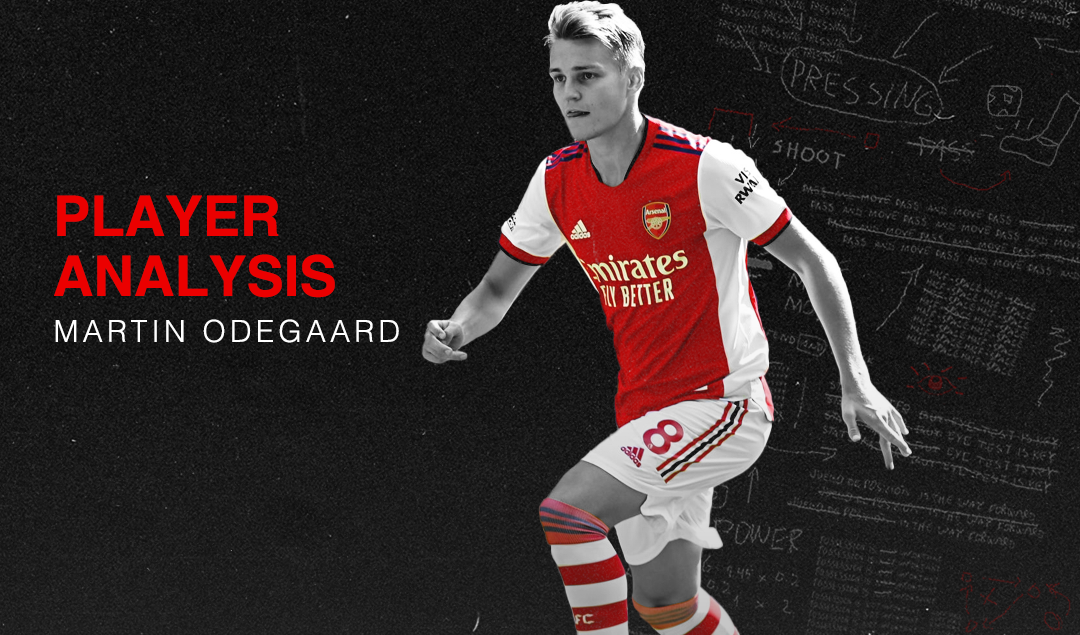Martin Ødegaard: Mikel Arteta’s Creative Metronome and Mesut Özil’s Long-Term Replacement
After the unsavoury and unceremonial exit of Mesut Özil to Fenerbahçe on January 17, 2021, it has been difficult for Arsenal to find consistent rhythm in the attacking third of the pitch. The mercurial German would always prove difficult to replace, with Özil providing 77 assists in 254 appearances in his seven-and-a-half years in North London.
Whilst it is undeniable that Özil’s levels dropped after signing a contract extension in January 2018 that saw him become Arsenal’s highest-paid player in club history with a weekly salary of £350,000, nobody can deny that his time at Emirates Stadium was a success, the peak coming in 2015/16 when he created a record 146 chances and finished with 19 assists in the Premier League.
Following the German’s departure to Turkey, Martin Ødegaard was brought in on loan from Real Madrid to fill the vacant #10 position. Ødegaard had struggled for opportunities at the Spanish capital following a stellar loan spell at Real Sociedad, and his loan at Arsenal saw him register one goal and two assists in 20 appearances for the club.
There were rumors of Arsenal bringing in James Maddison from Leicester City, but instead, the Gunners signed Ødegaard from Real Madrid on a four-year contract, with the club reserving the option to extend it until 2026. Arsenal paid an initial fee of €35 million, potentially rising to €40 million with add-ons to sign him on a permanent deal.
It was a Herculean task for the 23-year-old, but after a fairly slow start to the campaign, Ødegaard has relished the task and stepped into Arsenal’s chief playmaker under Mikel Arteta. To base our analysis of the Norwegian, we will base this article around what has arguably been his finest performance of the season thus far: Arsenal’s 4-1 victory over Leeds United on December 18.
So far this season, Ødegaard has registered 4 goals and 4 assists in 19 appearances, but his underlying actions are even more impressive. His 0.25 xA per 90 ranks in the 83rd percentile amongst attacking midfielders and wingers, per FBRef, whilst his 4.85 progressive passes and 4.48 shot-creating actions per 90 put him in the 86th percentile.
Against a COVID-ravaged Leeds side, Ødegaard created various attacking opportunities, with five key passes, one assists and three big chances created. Playing in the #10 role between Gabriel Martinelli, Bukayo Saka and Alexandre Lacazette, the Norwegian created danger early on in the second minute of the match.
Operating in the central role, Ødegaard delivered a perfect through ball towards the path of Lacazette who was sprinting towards goal and found himself 1v1 with Illan Meslier, but he couldn’t score as the French goalkeeper did well to save his shot.
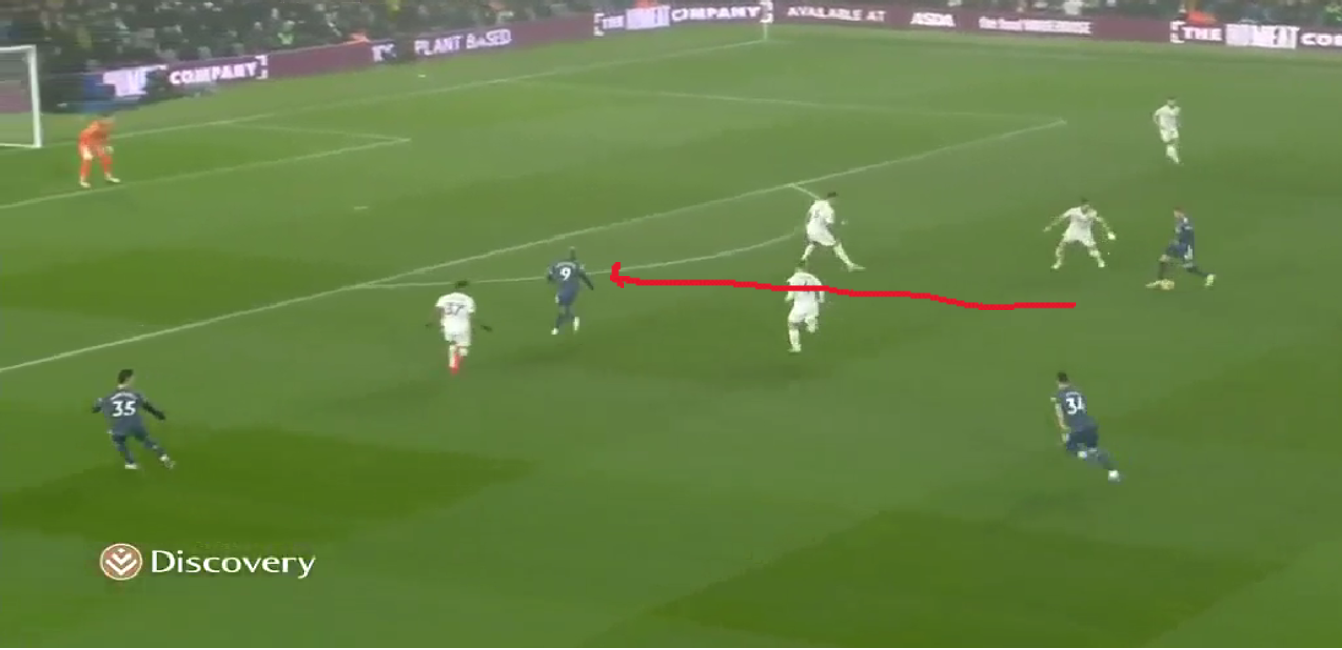
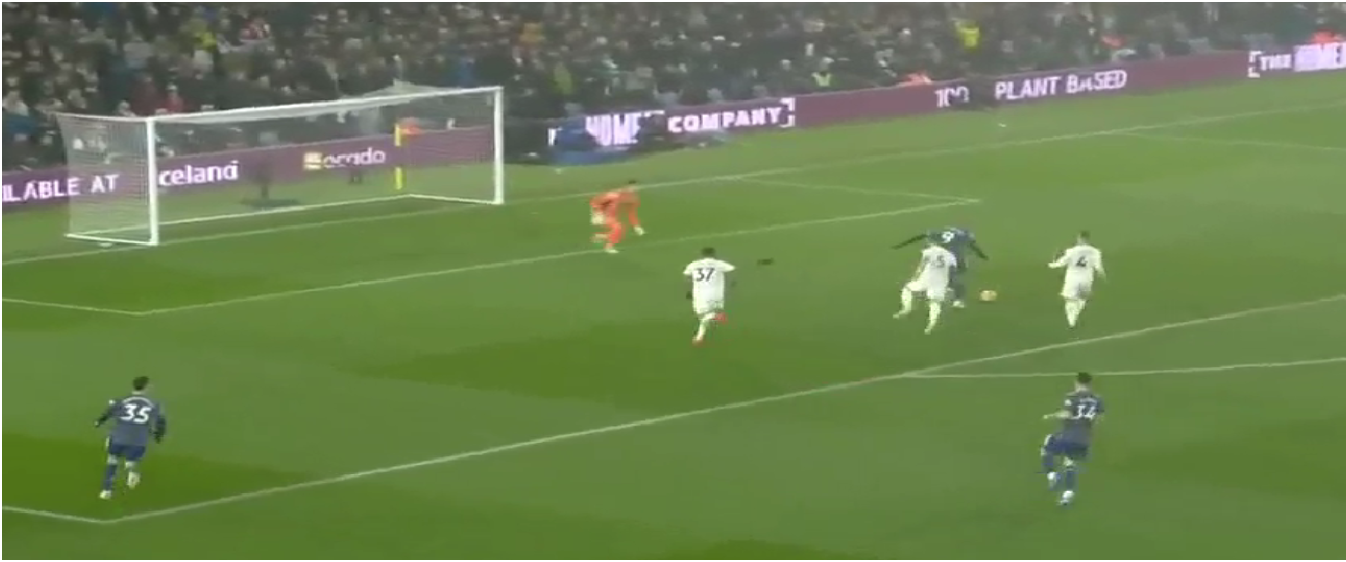
In no fewer than 30 seconds after creating the first goal-scoring chance of the game, Ødegaard delivered yet another chance from that number 10 position when he delivered a perfectly weighted pass into the path of Thomas Partey, who hit the ball with power only for his shot to be parried away by Meslier.
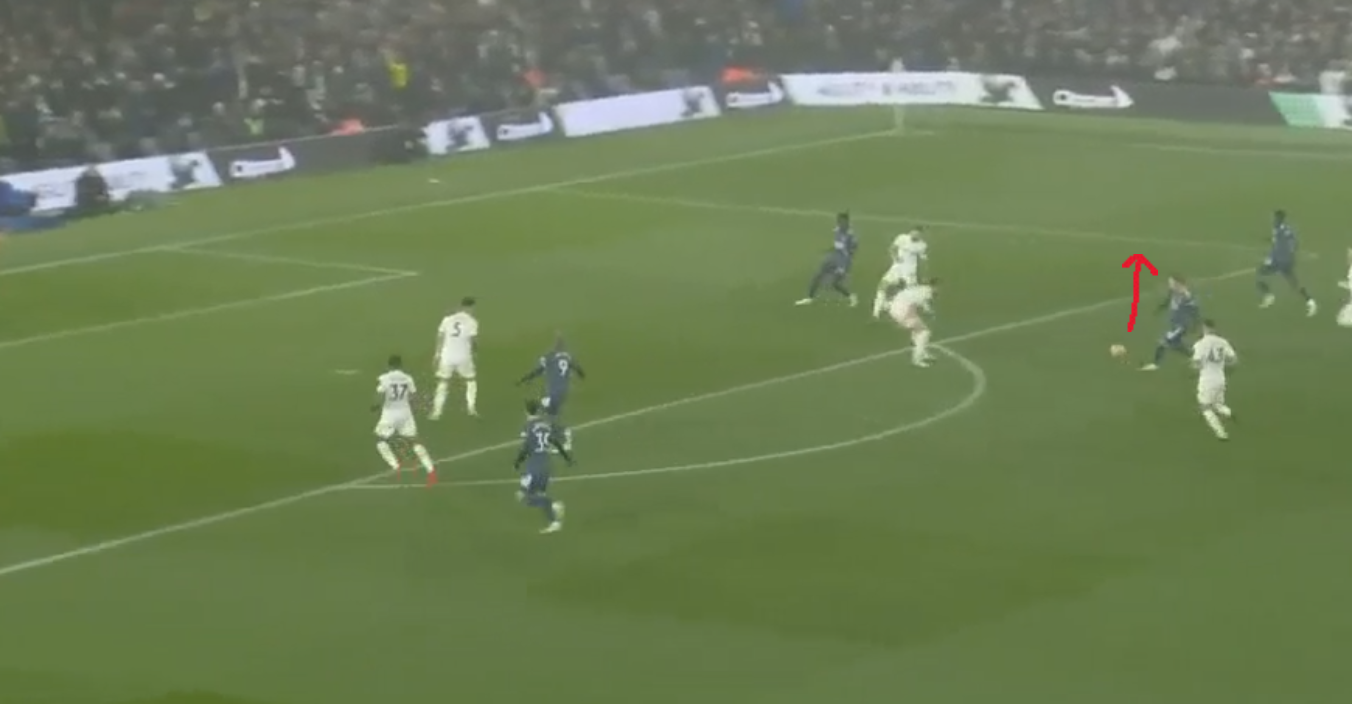
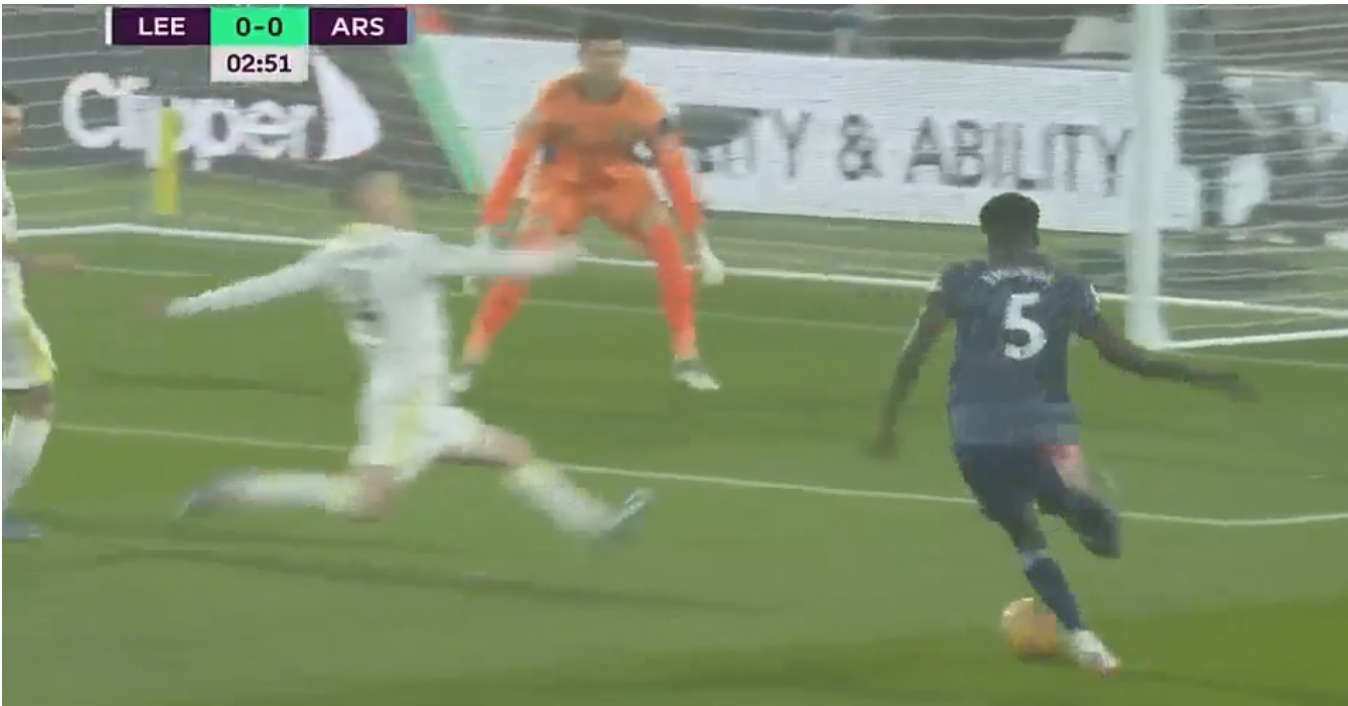
For the third major chance, this one had shades of prime Özil written all over it. The move was a perfect pass, go and get transition after Takehiro Tomiyasu intercepted a Leeds pass and then Ødegaard found Saka on the right-hand side who passed one time to Ødegaard inside the box and within the perfect position to shoot the ball on goal.
However, Ødegaard decided to drop the shoulder, dummy the defender, and pass the ball to Lacazette who was left unmarked but again, the Frenchman failed to convert the chance. There was so much to remind Arsenal fans of Özil about this chance right from his movement to the drop of shoulder and selflessness to pass the ball to a striker when he could have easily attempted a shot himself.
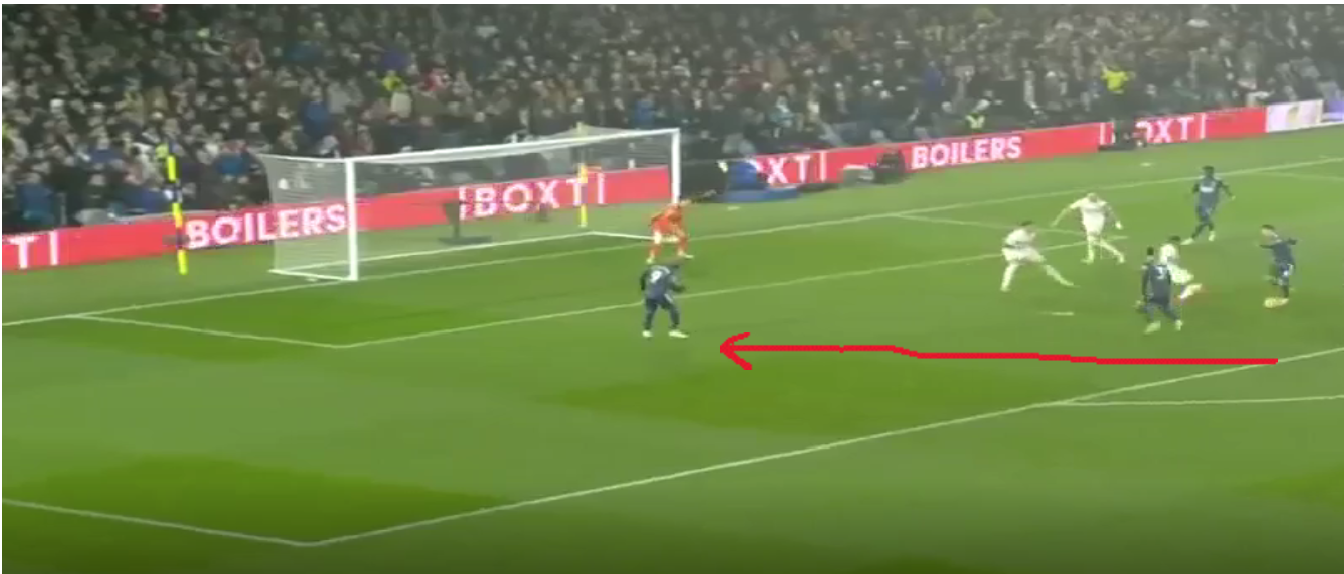
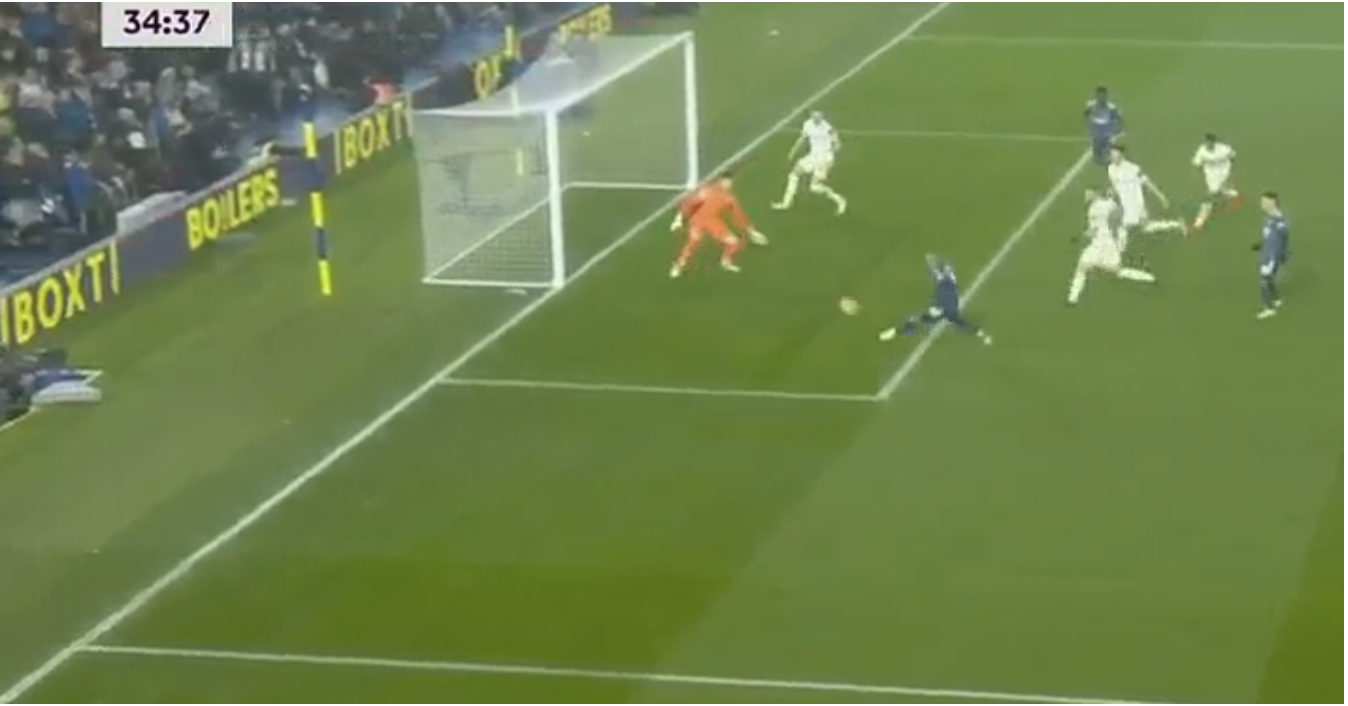
On this occasion, Ødegaard delivered a defence-splitting through ball that evaded 3 Leeds players tofind Bukayo Saka and engineer Arsenal’s third goal of the match. Once again, he received the ball from Tomiyasu in that advanced midfield position, opened his body up and delivered a one-time through ball.
This once again highlighted Ødegaard’s vision and passing ability from that position, and although Saka did not score directly from that pass, it was that chance created that opened up the opportunity for the goal to be scored by Saka before halftime.
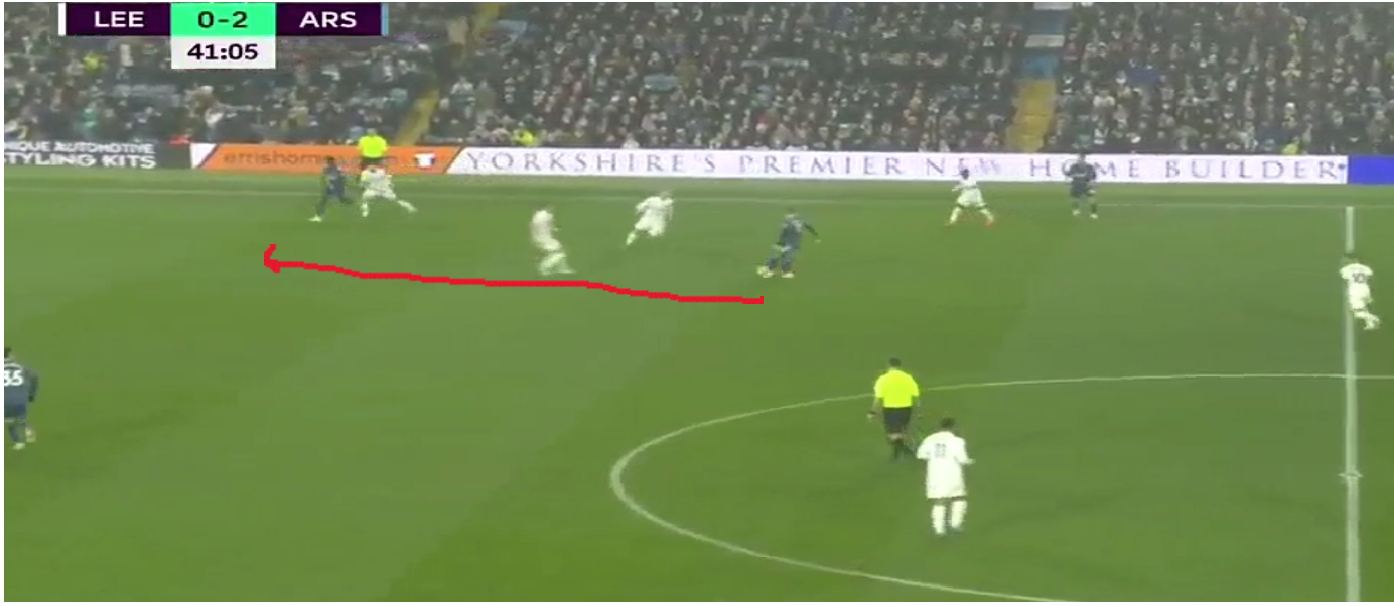
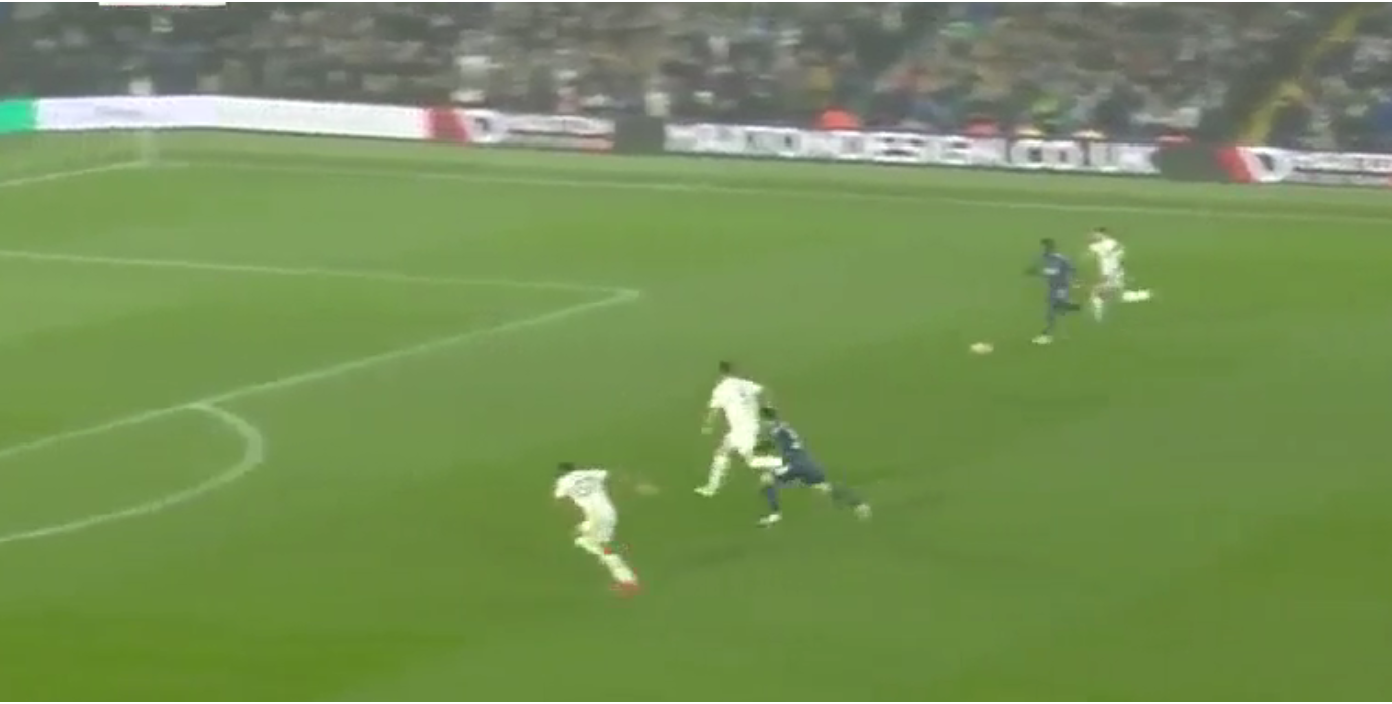
Despite having provided several chances in the game and about three of them being big chances, it was not until the 83rd minute that the Norwegian got credited with an assist when Emile Smith Rowe finished off a counter-attacking move with a half-volley after receiving a lob pass from Ødegaard.
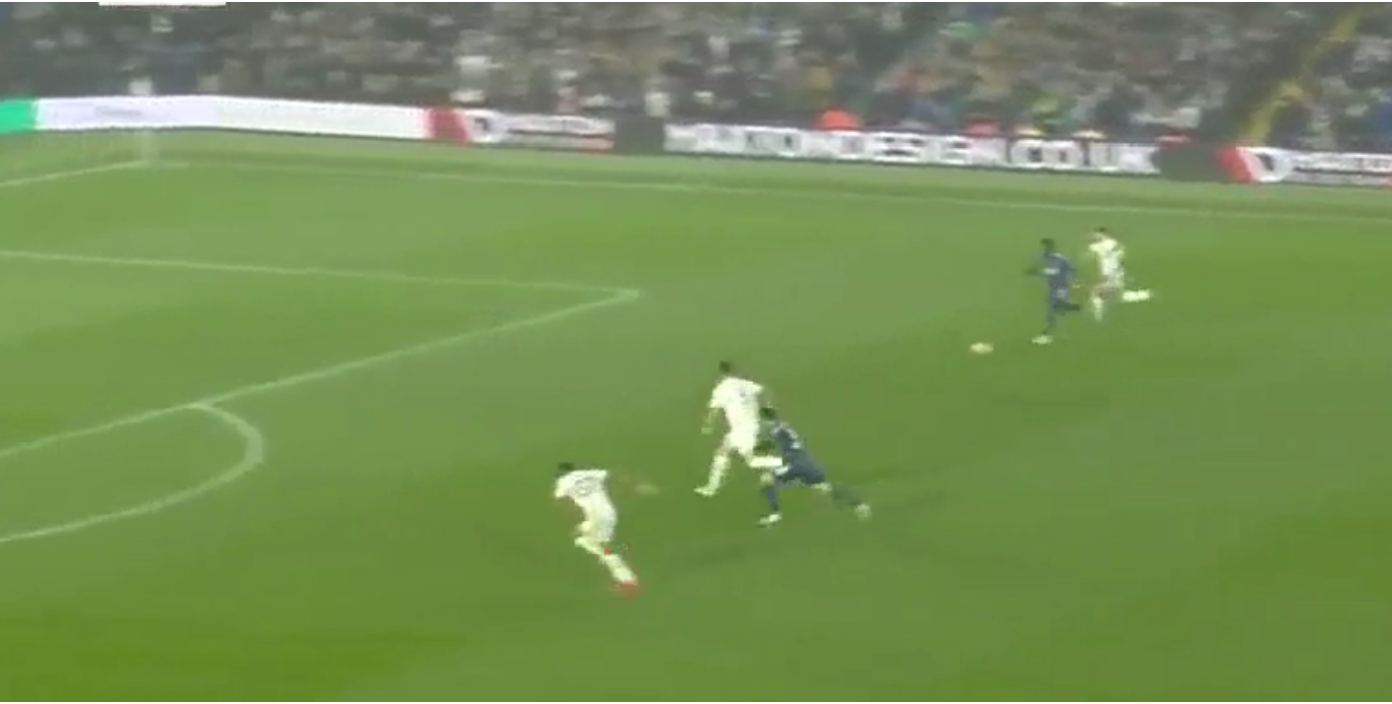
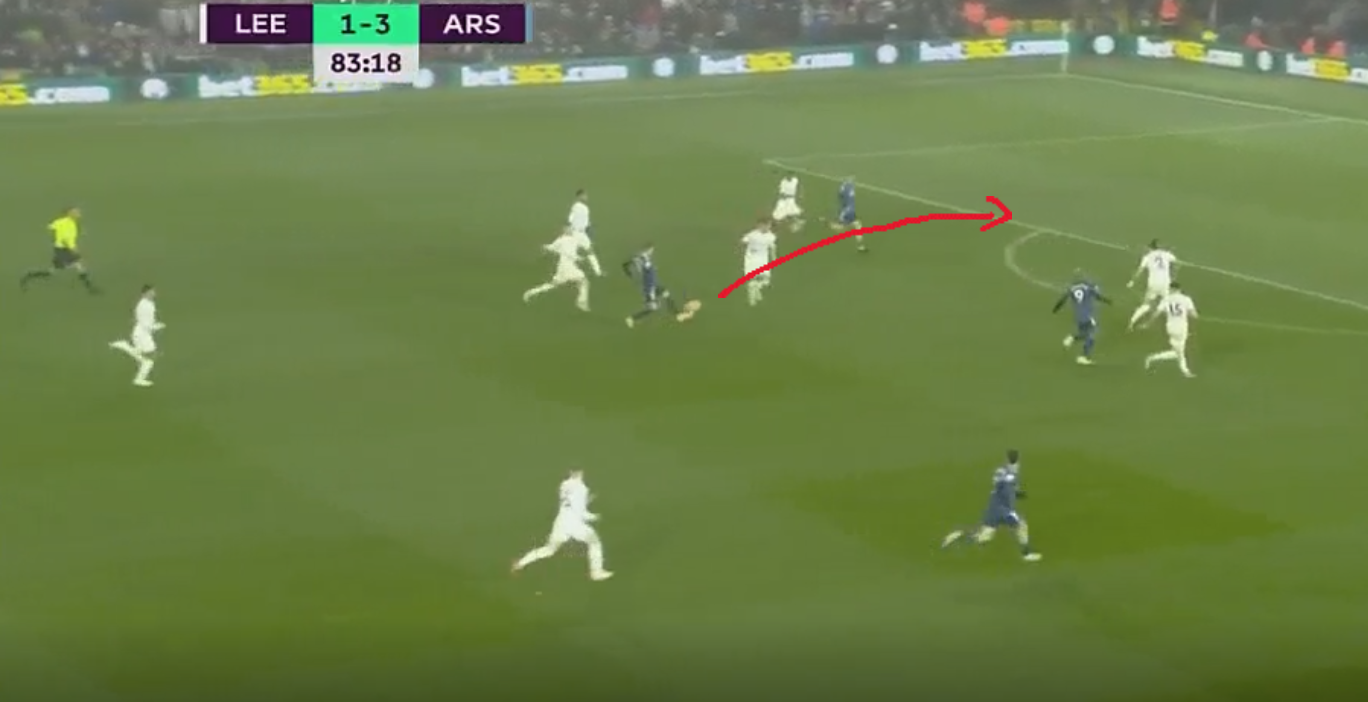
After an embarrassing start to December that saw them lose back-to-back matches to Manchester United and Everton, Arsenal have closed out 2021 on the right foot. After consecutive victories and clean sheets against Southampton and West Ham, Arsenal thrashed Leeds United, eliminated Sunderland from the EFL Cup quarterfinals, and destroyed Norwich City 5-0 on Boxing Day.
January will see them take on Manchester City on New Year’s Day, play Liverpool in the EFL Cup semifinals and face off against Nottingham Forest in the Third Round of the FA Cup, before taking on Antonio Conte’s Tottenham in the North London Derby, followed by a home match against Sean Dyche’s Burnley.
The upcoming month will certainly be a baptism of fire for the Gunners, who find themselves fourth in the Premier League and six points off Chelsea and Liverpool after 19 matchdays, although it should be noted that both Tottenham and Manchester United have two games in hand on their rivals.
One of the biggest reasons for Arsenal’s uptick in form has been the excellent form of Ødegaard, who has been finding a consistent rhythm in Arteta’s 4-2-3-1. A quick look at his statistics through Matchday 18 can help exemplify just how good he has been for the North London side.

Going forward, it is highly imperative that Arsenal bring in a move potent and clinical center forward to get the best out of Martin Ødegaard. It is obvious that he has an eagle eye vision and can produce unexpected, inch-perfect passes, and an upgrade on the likes of Pierre-Emerick Aubameyang, Eddie Nketiah and Alexandre Lacazette would make his passes even more lethal.
He is definitely suited as a Number 10 whose major role in the team is creating goal-scoring chances for the attackers (center forward and two wingers/ wing forwards) while having two midfielders behind him in a double pivot as in Thomas Partey and Granit Xhaka.
His playmaking numbers will also go up if he has more quality around him in the attacking third of the pitch. After the recent fallout of Aubameyang with Arteta, it is Lacazette who will be playing the center forward position regularly, but he isn’t clinical enough and also isn’t the best in making runs behind the defenders, and his style of play of receiving the ball to feet does not get the most out of the Norwegian’s strengths.
Martin Ødegaard wants to play the ball behind defenders towards runners towards goal and a center-forward position is on that Arsenal should look out for in 2022. With Lacazette and Nketiah out of contract in 2022 and Aubameyang headed for an exit, Arsenal should splurge heavily on a center forward to get the most out of Ødegaard — Jonathan David, Dušan Vlahović, Ivan Toney — their options certainly aren’t limited.
By: Kayode Dave Ogunbameru / @DaveOgunbameru
Featured Image: @GabFoligno / Shaun Botterill / Getty Images
